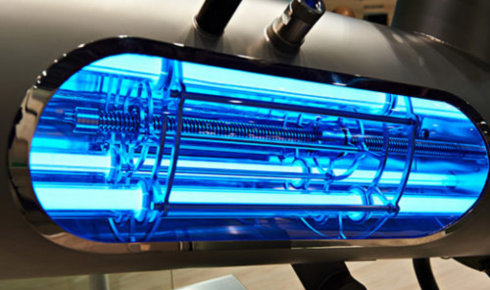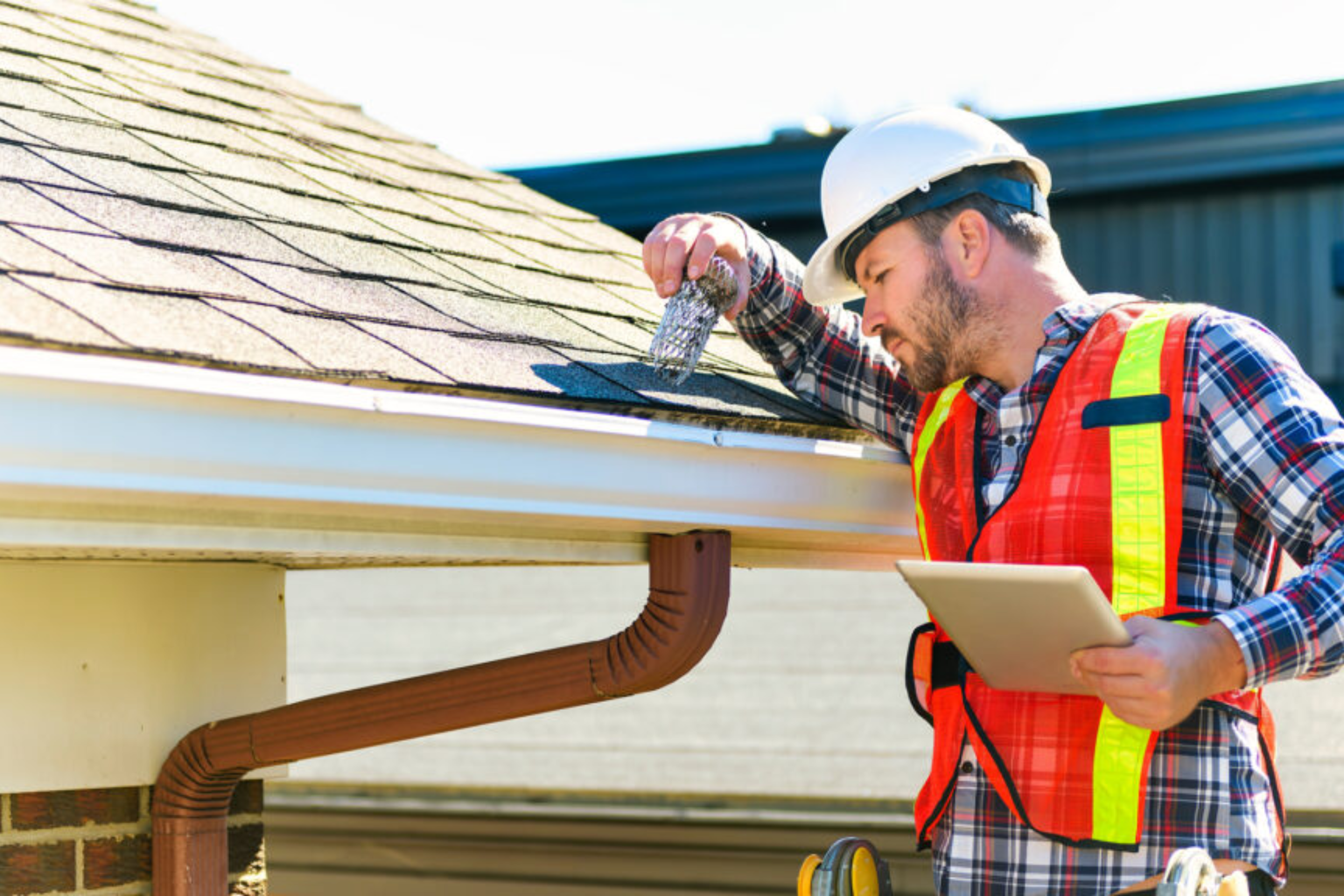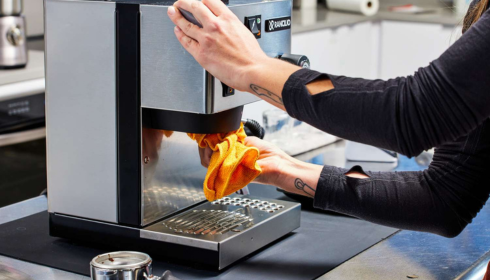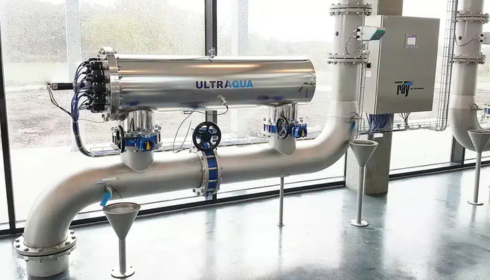There’s something deeply comforting about turning on your kitchen tap and knowing the water you’re drinking is safe. Yet, as clean as it might look, modern water supplies often carry invisible threats — bacteria, viruses, and microscopic organisms that can make you sick. That’s where ultraviolet purification technology quietly steps in, bringing science and safety together in the most unassuming way.
Over the last decade, UV disinfection has moved from being a niche, industrial solution to a household essential. Whether it’s for private wells, rural homes, or even city apartments, the demand for clean, chemical-free water has given rise to smarter, sleeker, and more reliable systems than ever before.
The Science Behind UV and Why It Works
At first glance, the uv disinfection water system seems almost magical. No chemicals, no filters to replace every few weeks — just light. But it’s not just any light. These systems use ultraviolet (UV-C) light at a wavelength of around 254 nanometers — a range deadly to microorganisms but harmless to humans when used safely inside a sealed chamber.
Here’s what happens inside: as water passes through the UV chamber, high-intensity UV rays penetrate the DNA of bacteria, viruses, and protozoa, disrupting their ability to reproduce. The pathogens are effectively “sterilized,” meaning they can’t infect you even if they remain in the water. It’s disinfection without the chemical baggage, and that’s what makes it so appealing.
It’s fascinating that something as simple as light — invisible to the naked eye — can destroy some of the toughest microscopic life forms known to exist.
Why More Homeowners Are Switching to UV Systems
For many families, the decision to install uv water purification isn’t about following a trend; it’s about peace of mind. Chlorine, once considered the gold standard for water disinfection, has fallen out of favor with health-conscious consumers. It can alter taste, react with organic matter to form harmful by-products, and even irritate sensitive skin. UV, on the other hand, adds nothing to the water and removes nothing essential.
Another huge benefit is maintenance. Once installed, a UV system typically only needs an annual bulb replacement and routine cleaning. No complicated filters, no constant monitoring — just consistent, dependable protection. And unlike boiling water or using bottled water (which adds to plastic waste), UV purification offers an eco-friendly, energy-efficient alternative.
It’s not surprising that many modern homes now use UV alongside other treatment methods — like carbon filtration or softening systems — to create a complete water safety solution.
The Subtle Power of Ultraviolet Treatment
While UV technology might sound futuristic, ultraviolet water treatment has actually been used in municipal and industrial applications for decades. Food processing plants, hospitals, laboratories — all rely on UV to keep their systems sterile. The difference now is accessibility. Home systems have become compact, affordable, and user-friendly, making advanced water protection something anyone can own.
There’s also a certain elegance to how it works. You don’t see or taste any difference in the water. There’s no smell, no residue. The purity is silent but powerful — you simply know that what you’re drinking is safe.
For areas with frequent boil-water advisories or well owners dealing with seasonal contamination, UV systems have been a game changer. The technology’s effectiveness against chlorine-resistant organisms like Giardia and Cryptosporidium adds another layer of protection that older methods can’t always guarantee.
A Few Things to Keep in Mind
Still, UV purification isn’t a magic wand. The water passing through must already be clear for the light to do its job effectively. If the water is cloudy or contains sediment, the UV rays can’t reach all the microorganisms. That’s why most systems include a pre-filter stage — to remove particles and let the UV light work unhindered.
Power is another consideration. Because the lamp must stay on continuously to ensure full disinfection, a steady electricity supply is essential. It’s minimal power — often less than a light bulb — but it’s constant. For off-grid users, solar-powered options are becoming increasingly popular.
How It Feels to Drink Clean Water Again
Anyone who has switched to UV-treated water will tell you there’s something almost nostalgic about it — the clean taste of pure water, the kind you didn’t think existed anymore. It’s crisp, odorless, and refreshing in a way that’s easy to take for granted once you’ve experienced it.
That’s the beauty of technology that quietly protects you in the background. You don’t have to think about it every day, yet every glass of water you drink carries that invisible assurance of safety.
A Step Toward a Healthier Future
Water is, after all, the foundation of health. And as our world grows more complex, so do the challenges of keeping it clean. Aging infrastructure, agricultural runoff, industrial pollution — these are real problems that require modern solutions. UV disinfection represents one of the most promising paths forward: sustainable, efficient, and safe.
It’s not just for homeowners either. Small businesses, schools, and rural clinics are turning to UV systems to ensure consistent water safety. As awareness spreads, this once “industrial-only” solution is becoming the standard for communities everywhere.
Final Thoughts: Light That Protects
If you think about it, UV purification is a beautiful blend of science and simplicity. No chemicals. No waste. Just light — the same element that gives life — now used to safeguard it. Whether it’s a small countertop unit for a cabin or a full-scale system for a family home, ultraviolet technology continues to prove that sometimes the most effective solutions are the ones that work quietly, without fanfare.
So the next time you fill your glass, take a moment to appreciate what’s really going on behind the scenes. The gentle hum of a lamp. The steady flow of clean water. And the knowledge that modern innovation is protecting one of life’s most essential elements — without changing its nature.




